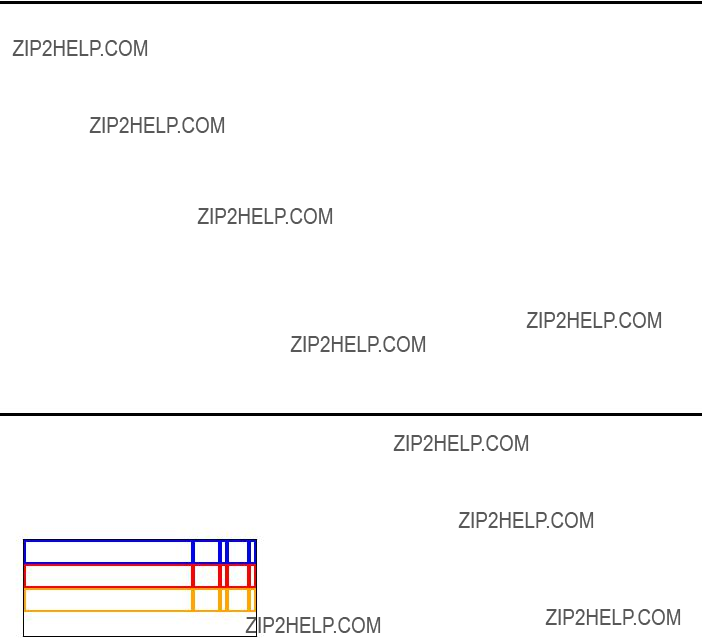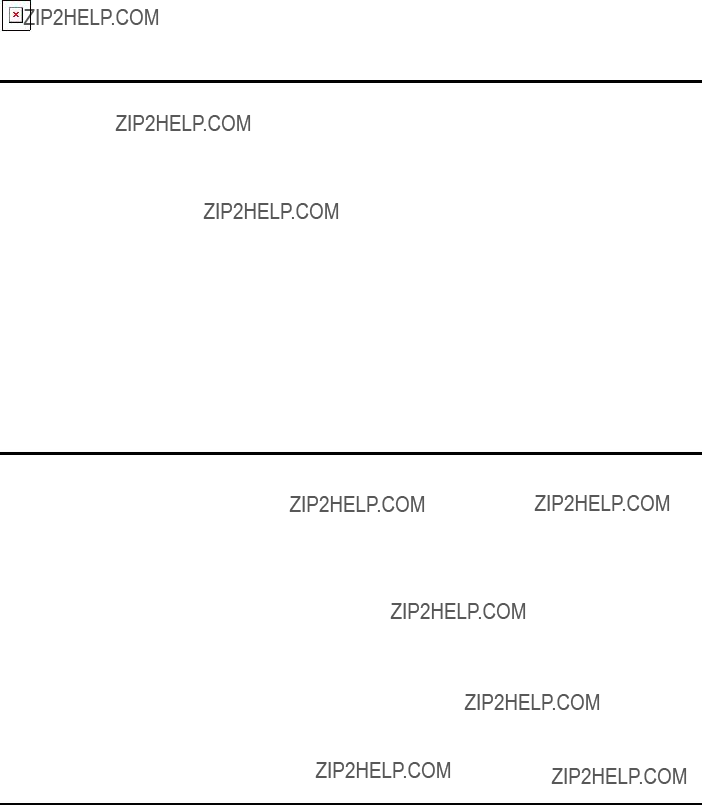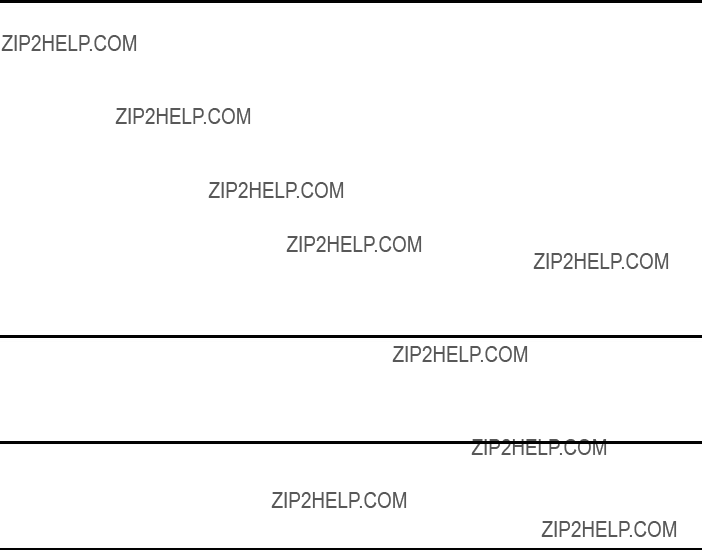MATERIAL SAFETY DATA SHEET
Date-Issued: 12/20/2002
MSDS Ref. No: 64-4321
Date-Revised: 12/20/2004
Revision No: 3
Radio Shack Component Cooler
1. PRODUCT AND COMPANY IDENTIFICATION
PRODUCT NAME: Radio Shack Component Cooler
PRODUCT DESCRIPTION: HFC-134a
PRODUCT CODE: 64-4321 Component Cooler Radio Shack
CHEMICAL FAMILY: Hydrofluorocarbons
EEC LABEL SYMBOL AND CLASSIFICATION
Currently not classified according to EEC Directives.
3. HAZARDS IDENTIFICATION
EMERGENCY OVERVIEW
PHYSICAL APPEARANCE: Clear, Colorless, Volatile Liquid
IMMEDIATE CONCERNS: Warning! High concentrations of vapor can reduce oxygen available for breathing. Harmful if inhaled. May decompose on contact with flames or extremely hot metal surfaces to produce toxic and corrosive products.
POTENTIAL HEALTH EFFECTS
EYES: Liquid contact can cause irritation, which may be severe.
SKIN: Prolonged or repeated contact can result in defatting and drying of the skin which may result in skin irritation and dermatitis (rash).
INHALATION: High concentrations in immediate area can displace oxygen and can cause dizziness, unconsciousness, and possibly death with longer exposure. Keep people away from such vapors without self-contained breathing apparatus.
SIGNS AND SYMPTOMS OF OVEREXPOSURE
EYES: Can cause severe eye irritation.
SKIN: Exposure to rapidly expanding gas or vaporizing liquid may cause frostbite ("cold" burn).
INHALATION: High concentrations may lead to central nervous system effects (drowsiness, dizziness, nausea, headaches, paralysis and loss of consciousness).
ACUTE TOXICITY: Overexposure may cause dizziness and loss of concentration. At higher levels, CNS depression and cardiac arrhythmia may result.
4. FIRST AID MEASURES
EYES: Immediately flush eyes with plenty of water. Get medical attention, if irritation persists.
SKIN: In case of cold burns (frostbite) caused by rapidly expanding gas or vaporizing liquids, get medical attention promptly.
INGESTION: Ingestion is unlikely because of the physical properties and is not expected to be hazardous. Do not induce vomiting unless instructed to do so by a physician.
INHALATION: Remove to fresh air. If not breathing, give artificial respiration or give oxygen by trained personnel. Seek immediate medical attention.
NOTES TO PHYSICIAN: Because of the possible disturbances of cardiac rhythm, catecholamine drugs, such as epinephrine, should be used with special caution and only in situations of emergency life support. Treatment of overexposure should be directed at the control of symptoms and the clinical conditions.
5. FIRE FIGHTING MEASURES
FLASHPOINT AND METHOD: Not Applicable
FLAMMABLE LIMITS: None*
AUTOIGNITION TEMPERATURE: > 750??C (1382??F)
FLAMMABLE CLASS: Not Applicable
FLAME PROPAGATION OR BURNING RATE OF SOLIDS: Not Applicable
EXTINGUISHING MEDIA: As appropriate for combustibles in area.
EXPLOSION HAZARDS: This product is not flammable at ambient temperatures and atmospheric pressure. However, this material may become combustible when mixed with air under pressure and exposed to strong ignition sources.
FIRE FIGHTING PROCEDURES: Use water spray to cool containers.
FIRE FIGHTING EQUIPMENT: As in any fire, wear self-contained breathing apparatus pressure-demand, (MSHA/NIOSH approved or equivalent) and full protective gear.
COMMENTS: *Based on ASHRAE Standard 34 with match ignition.
6. ACCIDENTAL RELEASE MEASURES
GENERAL PROCEDURES: Isolate hazard area. Keep unnecessary and unprotected personnel from entering.
RELEASE NOTES: Spills and releases may have to be reported to Federal and/or local authorities.
7. HANDLING AND STORAGE
HANDLING: Follow standard safety precautions for handling and use of compressed gas cylinders.
STORAGE: Store in a cool place in original container and protect from sunlight.
8. EXPOSURE CONTROLS / PERSONAL PROTECTION
EXPOSURE GUIDELINES:
OSHA TABLE COMMENTS:
1. * (AEL)=Acceptable Exposure Limit as established by the manufacture
ENGINEERING CONTROLS: Local exhaust ventilation may be necessary to control any air contaminants to within their TLVs during the use of this product.
PERSONAL PROTECTIVE EQUIPMENT
EYES AND FACE: Wear safety glasses with side shields (or goggles) and a face shield.
SKIN: Skin contact with liquid may cause frostbite. General work clothing and gloves (leather) should provide adequate protection. If prolonged contact with the liquid or gas is anticipated, insulated gloves constructed of PVA, neoprene or butyl rubber should be used. Any contaminated clothing should be promptly removed and washed before reuse.
RESPIRATORY: A respiratory protection program that meets OSHA 1910.134 and ANSI Z88.2 requirements must be followed whenever workplace conditions warrant a respirator's use.
9. PHYSICAL AND CHEMICAL PROPERTIES
PHYSICAL STATE: Gas
ODOR: Faint ethereal odor
pH: Neutral
PERCENT VOLATILE: 100 at 20??C (68??F)
VAPOR PRESSURE: 85.8 psi at 21.1??C (70??F)
VAPOR DENSITY: 3.5 (Air=1)
BOILING POINT: -26.2??C (-15.1??F)
FREEZING POINT: -101??C (-149.8??F)
SOLUBILITY IN WATER: Negligible
EVAPORATION RATE: >1 (CCL4=1)
SPECIFIC GRAVITY: 1.22 (water=1) at 20??C (68??F)
MOLECULAR WEIGHT: 102
10. STABILITY AND REACTIVITY
STABLE: YES
HAZARDOUS POLYMERIZATION: NO
CONDITIONS TO AVOID: Stable. However, may decompose if heated.
STABILITY: Stable.
POLYMERIZATION: Will not occur.
HAZARDOUS DECOMPOSITION PRODUCTS: Whem exposed to high temperatures or flames this product may form hydrochloric and hydrofluoric acids - possibly carbonyl halides.
INCOMPATIBLE MATERIALS: Chemically active metals: potassium, calcium, powdered aluminum, magnesium and zinc.
11. TOXICOLOGICAL INFORMATION
ACUTE
INHALATION LC50: >500000 ppm, 4-hour
SUBCHRONIC: Subchronic inhalation (rat) NOEL - 50,000 ppm
CHRONIC: Chronic NOEL - 10,000 ppm
MUTAGENICITY: Collective data indicate non-mutagenic.
TERATOGENIC EFFECTS: Teratogenic NOEL (rat and rabbit) - 40,000 ppm
12. ECOLOGICAL INFORMATION
ENVIRONMENTAL DATA: Degradability (BOD): This material is a gas at room temperature; therefore, it is unlikely to remain in water.
DISTRIBUTION: Octanol Water Partition Coefficient: Log P=1.06
13. DISPOSAL CONSIDERATIONS
GENERAL COMMENTS: 1,1,1,2-tetrafluoroethane is subject to U.S. Environmental Protection Agency Clean Air Act Regulations, Section 608 in 40 CFR Part 82 regarding refrigerant recycling.
14. TRANSPORT INFORMATION
DOT (DEPARTMENT OF TRANSPORTATION)
PROPER SHIPPING NAME: CONSUMER COMMODITY ORM-D
UN/NA NUMBER: NA
PACKING GROUP: NA
OTHER SHIPPING INFORMATION: Must have a copy of the DOT-E-10232 with each shipment.

AIR (ICAO/IATA)
PROPER SHIPPING NAME: CONSUMER COMMODITY ID8000
PRIMARY HAZARD CLASS/DIVISION: 9
UN/NA NUMBER: ID8000
VESSEL (IMO/IMDG)
PROPER SHIPPING NAME: AEROSOLS IN LIMITED QUANTITIES OF CLASS 2
PRIMARY HAZARD CLASS/DIVISION: 2.2
UN/NA NUMBER: UN1950
EUROPEAN TRANSPORTATION:
ADR/RID HAZARD CLASSIFICATION: 2.2
ADR/RID ITEM NUMBER: UN1950
15. REGULATORY INFORMATION
UNITED STATES
SARA TITLE III (SUPERFUND AMENDMENTS AND REAUTHORIZATION ACT) 311/312 HAZARD CATEGORIES: IMMEDIATE / PRESSURE
PRESSURE GENERATING: YES ACUTE: YES
313 REPORTABLE INGREDIENTS: Not considered a SARA 313 "Toxic Chemical".
CERCLA (COMPREHENSIVE RESPONSE, COMPENSATION, AND LIABILITY ACT)
CERCLA REGULATORY: Releases to air, land, or water which exceed the RQ must be reported to the National Response Center [(800)424-8802] and to your Local Emergency Planning Committee.
TSCA (TOXIC SUBSTANCE CONTROL ACT)
TSCA REGULATORY: This product is listed on the TSCA Inventory.
CANADA
WHMIS CLASS: Class A, Class D2B.
DOMESTIC SUBSTANCE LIST (INVENTORY): All components of this product are listed on the Canadian DSL.
EUROPEAN COMMUNITY
EEC LABEL SYMBOL AND CLASSIFICATION
Currently not classified according to EEC Directives.
GENERAL COMMENTS: 1,1,1,2-tetrafluoroethane is subject to U.S. Environmental Agency Clean Air Act Regulations, (40CFR Part 82).
COMMENTS: WARNING: Contains 1,1,1,2-tetrafluoroethane (HFC-134a), a greenhouse gas which may contribute to global warming.
16. OTHER INFORMATION
APPROVED BY: Pierce A. Pillon TITLE: Chemist
REVISION SUMMARY Revision #: 3 This MSDS replaces the August 23, 2004 MSDS. Any changes in information are as follows: In Section 14 ADR/RID Hazard Class ADR/RID Item Number
HMIS RATING
HEALTH:
FLAMMABILITY:
PHYSICAL HAZARD:
PERSONAL PROTECTION:
DATA SOURCES: Code of Federal Regulations (CFR) The Sigma-Aldrich Library of Regulatory and Safety Data OSHA Hazard Communication Standard (29CFR1910.1200) Various Federal, State and Local Regulations
MANUFACTURER DISCLAIMER: To the best of our knowledge, the information contained herein is accurate. However, neither Stratus, or any of its subsdiaries assumes any liability whatsoever for the accuracy or completeness of the information contained herein. Final determination of suitability of any material is the sole responsibility of the user. All materials my present unknown hazards and should by used wth caution. Although certain hazards are described herein, we cannot guarantee that these are the only hazards which exist.



